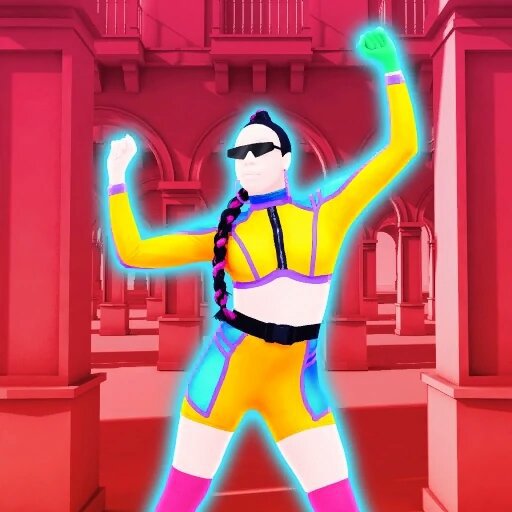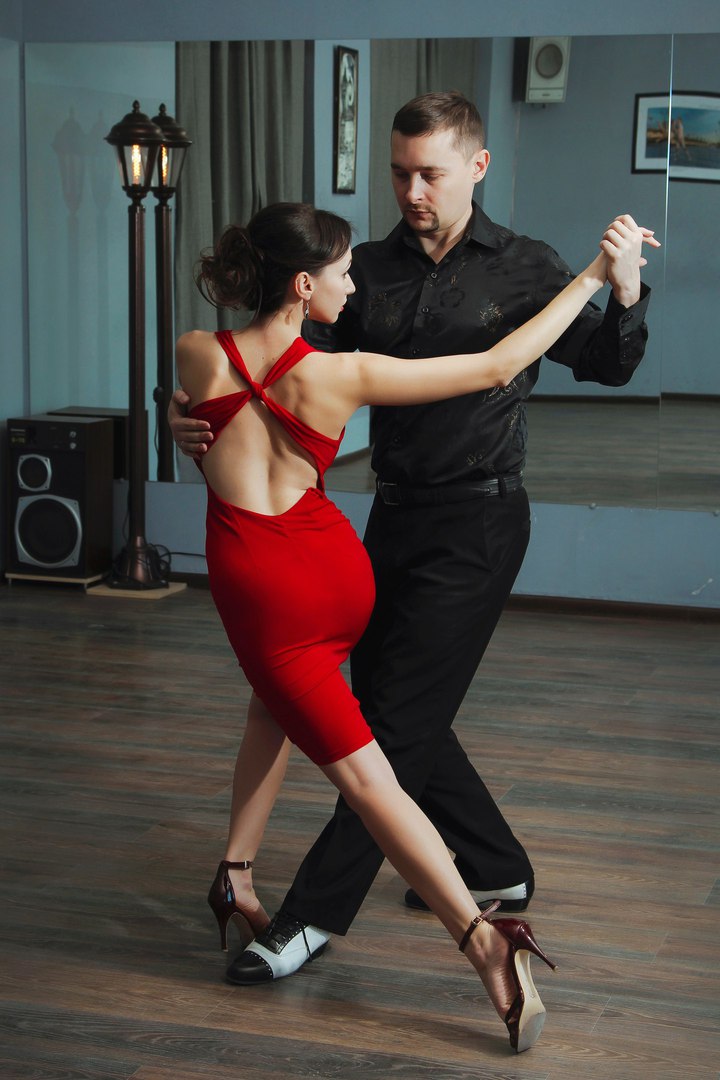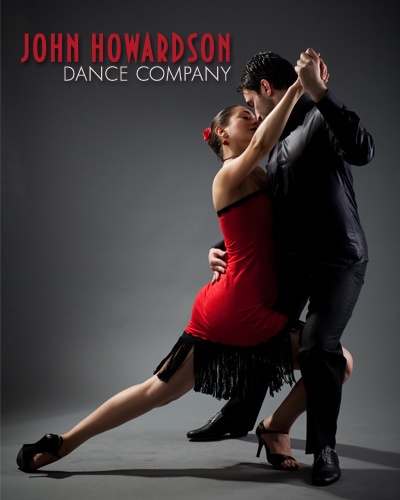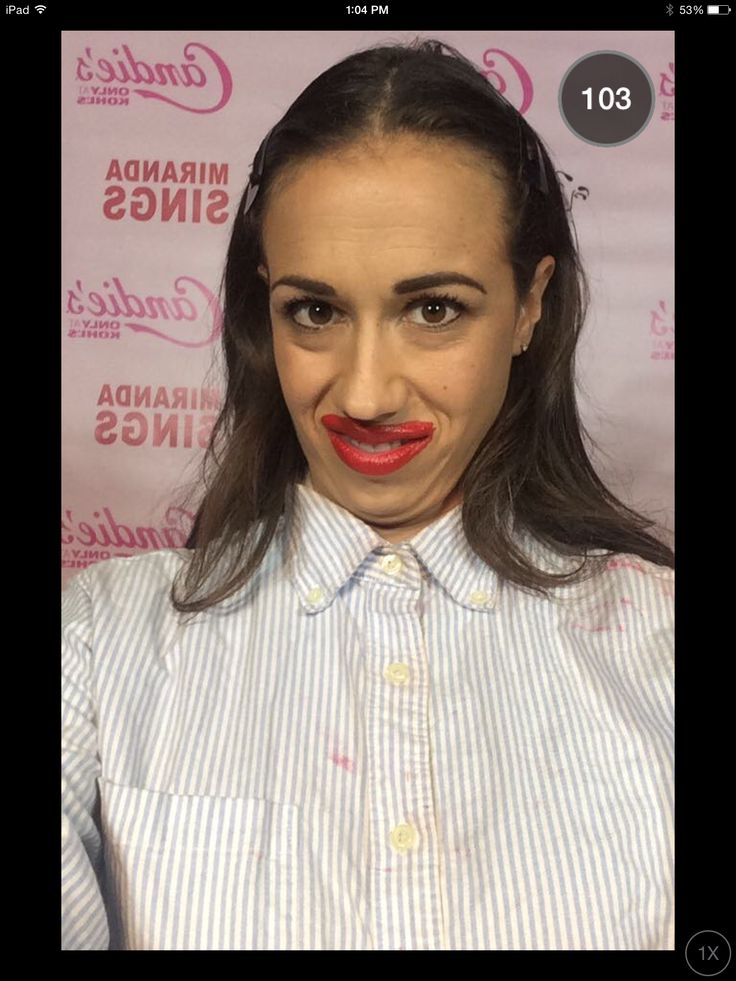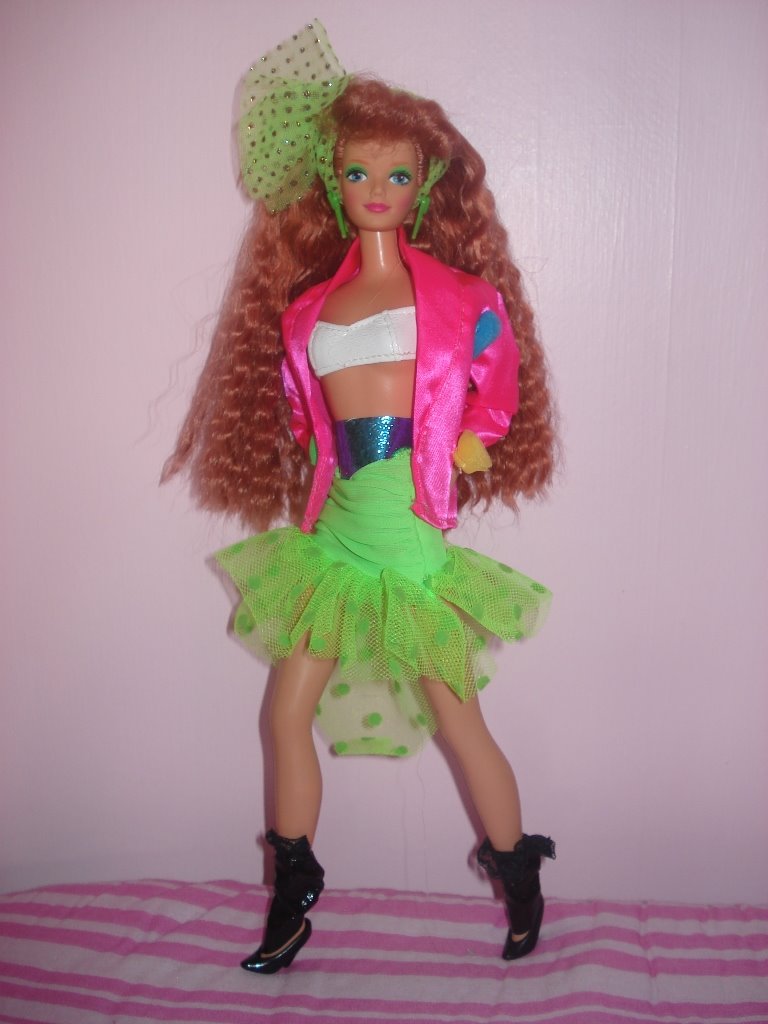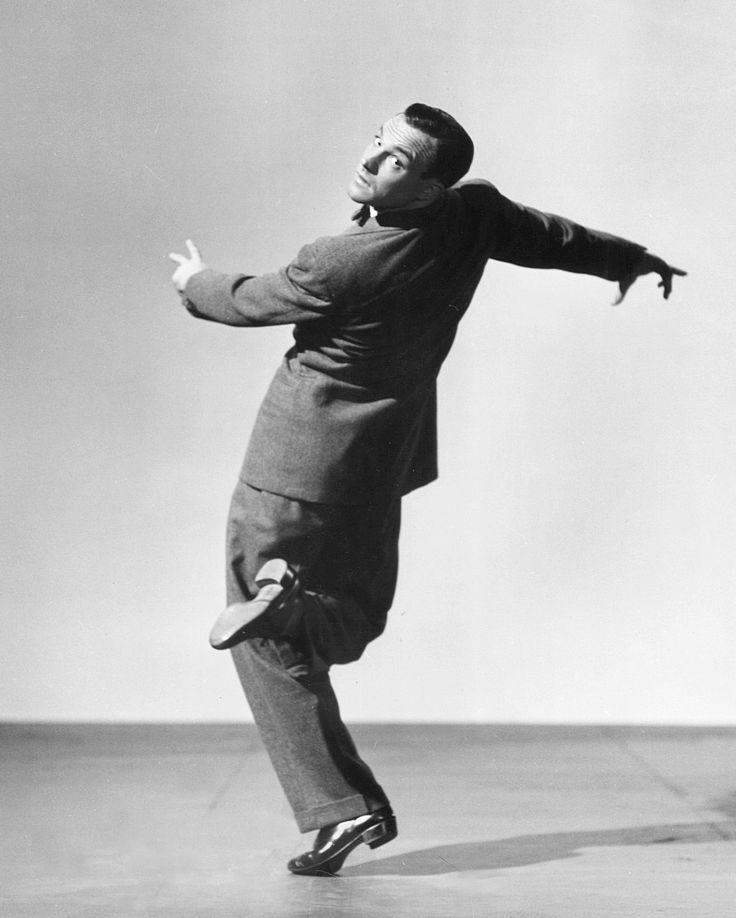How to pole dance beginners
A Quick Guide On What You Need To Know
Where should I start: pole dancing for beginners
You’re probably wondering, how should I go about learning? Learning pole dancing for beginners can be difficult if you’re not the best at mimicking movement and understanding proper muscle engagement. Some tricks and movements are extremely detailed then. In this case, outsider guidance can be vital. This is why I would suggest everybody begin by enrolling in some kind of class or guided program. Once you become more familiar with the process that goes behind breaking down a combo or trick, self-learning becomes more doable.
Self taught or not, you want to be especially aware of the possibility of injury. A pole coach or program will most likely warn you of common mistakes beginner pole dancers make. This may result in you avoiding possible headaches and injury. There are many pole studios, and online classes that cater to pole dancing for beginners. Try a few out to see if you like their teaching style! If you’re in the Portland area, we offer beginner friendly pole classes.
Prepping your skin for pole
Pole dancing for beginners can be hard with sweaty hands. A weak-ish grip can also get in the way of your advancement of the pole. You’ll hear others suggest using a grip aid, which can come in a liquid, gel-like, or spray form. Grip aid is great when the weather outside is making your pole extra slick, or you’re trying to get a new move. It can however become an unneeded addition to your practice sessions. Some pole people get used to always wearing a grip and constantly having to reapply it, or worse feel they can not pole dance without it on them. As you practice, your grip will get stronger and you’ll be able to determine the correct amount of pressure you should be applying against the pole without sliding down.
As for what not to wear on your skin? Don’t wear lotion or oils. If you’re a person who showers in the morning, skip applying it either after your shower. If you shower in the evening, and plan to pole the next day, you could probably get away with applying it the night before.
What to wear when beginning pole dancing
Firstly let’s talk about footwear. When you’re first starting out pole dancing, wearing 12 inch heels may not be the most practical, However, if your goal is to confidently wear heels around the pole, then it’s not a bad idea to get used to them right off the bat. Dancing in heels and dancing barefoot do feel different. If you tend to practice barefoot a majority of the time, and then randomly decide to wear heels while practicing your normal routine, it’s going to feel different. You may even feel a little like a giraffe on ice if you’ve been neglecting your heels for too long. Wearing heels on the pole is your choice. However, if you want to have the ability to look like you know what you’re doing in heels, then you’ve got to take them out for a spin once in a while.
What style of pole dance you’re practicing will determine your clothing attire. Sometimes you can get away with wearing leggings and longer sleeved shirts if you’re doing mostly floor work.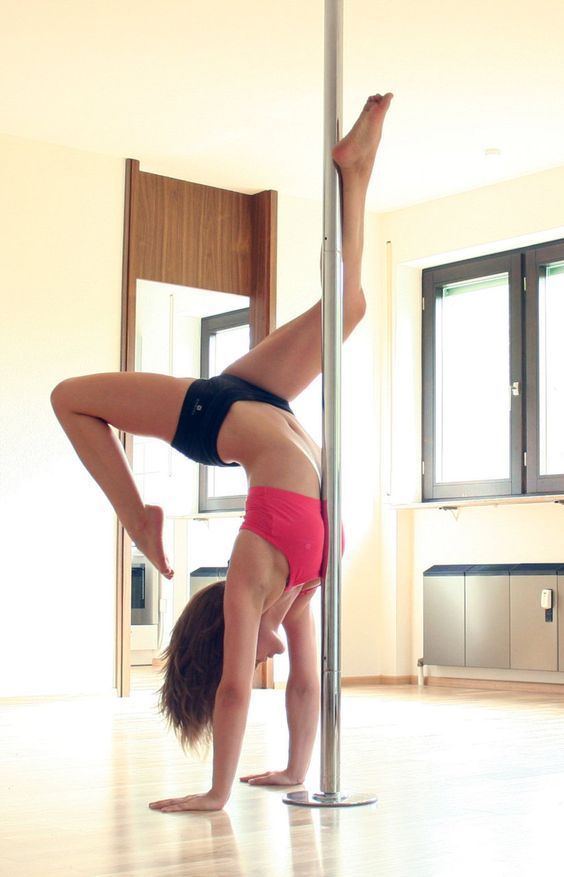 Skin contact isn’t as mandatory then. You’ll mostly likely be introduced to simple spins and climbs as a beginner pole dancer, which need exposed skin. Generally you can’t go wrong with sporty shorts and a sports bra. There are so many businesses out there that sell pole wear specifically. A quick google search, and you’re sure to find some retailers online. A good example of what to wear is shown below.
Skin contact isn’t as mandatory then. You’ll mostly likely be introduced to simple spins and climbs as a beginner pole dancer, which need exposed skin. Generally you can’t go wrong with sporty shorts and a sports bra. There are so many businesses out there that sell pole wear specifically. A quick google search, and you’re sure to find some retailers online. A good example of what to wear is shown below.
Another additional piece you can add to your pole wear collection is knee pads. Knee pads are not mandatory if you’re not planning on doing floor work, but if you are, getting yourself a pair is a good investment.
The most important thing to recognize when starting pole dancing
You need to know that your safety is the most important thing, all this being said. When you have a trick you really want to be able to do, or start comparing yourself to other pole dancers, it’s easy to push yourself past reasonable limits. Injury is common amongst pole dancers, but it doesn’t have to be.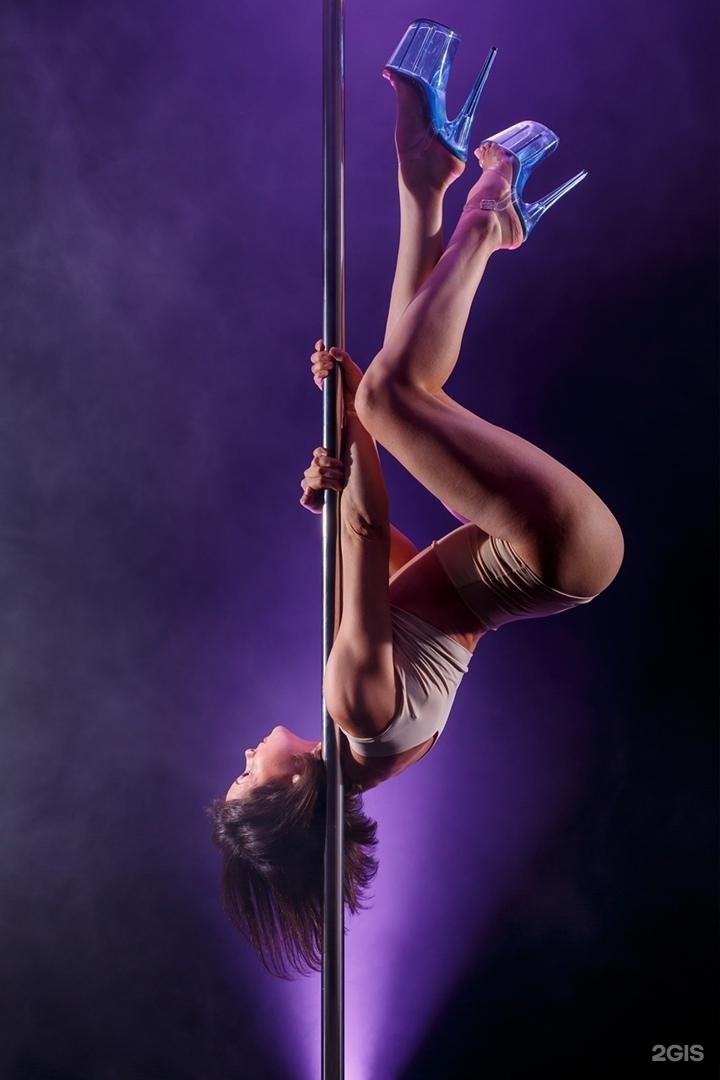 If you take it slow, and only compare your progress to where you started regularly you should be able to avoid unnecessary injury. This is why I also suggest you film yourself. When you’re feeling stuck in your progress, and have the itch to start jumping into your invert improperly, pull out that video you took of yourself 2 months ago on the pole. Remind yourself of where you came from, and know that you will keep improving.
If you take it slow, and only compare your progress to where you started regularly you should be able to avoid unnecessary injury. This is why I also suggest you film yourself. When you’re feeling stuck in your progress, and have the itch to start jumping into your invert improperly, pull out that video you took of yourself 2 months ago on the pole. Remind yourself of where you came from, and know that you will keep improving.
Top 10 Tips For Beginner Pole Dancers
Table of Contents
(Last Updated On: October 27, 2022)
There are plenty of pole dancing tips for beginners. Here we are going to review the top 10 Tips For Beginner Pole Dancers, e.g. pole dancing beginner lessons.
Pole dancing or pole fitness is an amazing and exciting experience that can completely change your life. Both women and men are more and more benefiting from this great exercise. It is a form of physical activity that enhances your body strength as well as your mind.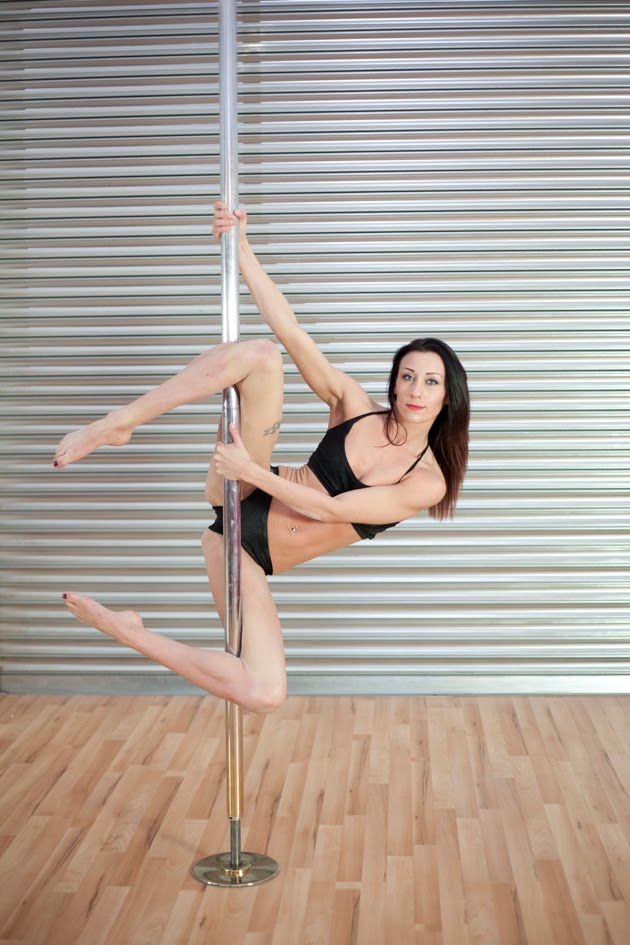 Ask any poler around you and they will explain it to you.
Ask any poler around you and they will explain it to you.
Pole dancing is an exercise that is best to know and study before you dive into it. Here we are going to review the Top 10 tips to consider for beginner pole dancers as well as learn how to pole dance for beginners.
1. Set Up A Home PolePortable dance poles are the best and easiest answer to owning a pole.
One of the main pole dancing beginner tips is to install a pole at your home. Owning a dance pole has never been easier. It is easy to purchase, easy to install and easy to maintain. Of course you can always use the dance pole in the studio. However, considering how easy it is to own a pole and its benefits; you should definitely consider owning your own pole.
Set up a home pole space to supplement your in studio classes. This will accelerate your progress and training frequency. You can learn from online lessons just as easy these days especially with a home set up.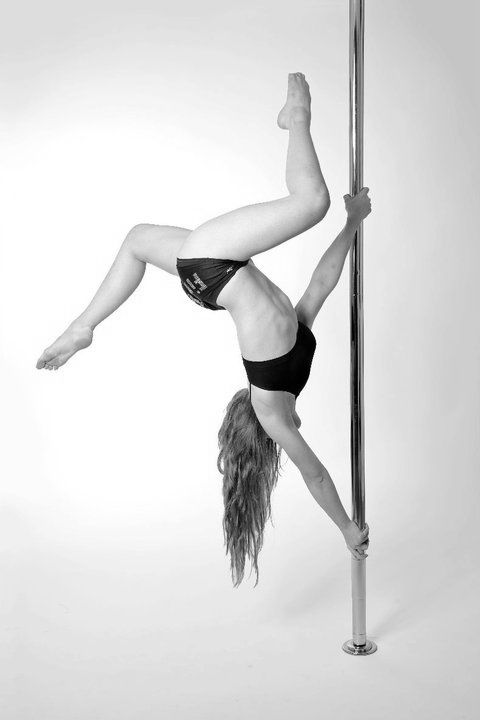 If you live in a rented home or do not have a suitable ceiling or floor for installing a friction fit pole, there are alternative options like the freestanding stage pole. Find good sources to research more about what works for you.
If you live in a rented home or do not have a suitable ceiling or floor for installing a friction fit pole, there are alternative options like the freestanding stage pole. Find good sources to research more about what works for you.
Dual function poles (Poles that can switch between spinning and static modes) are the ultimate answer for beginner pole fitness.
It is known that static poles are the right way for beginners to learn pole dancing. However, there are many beginner pole dancers out there who prefer spinning pole. Ultimately, there are some beginner moves that are better to learn on static pole and some other on spinning.
The best answer to this question is dual function poles. These are poles that can be set in either mode based on your need. And the switch between the modes are as easy as using a key. So, either mode you prefer, the dual function pole is your answer.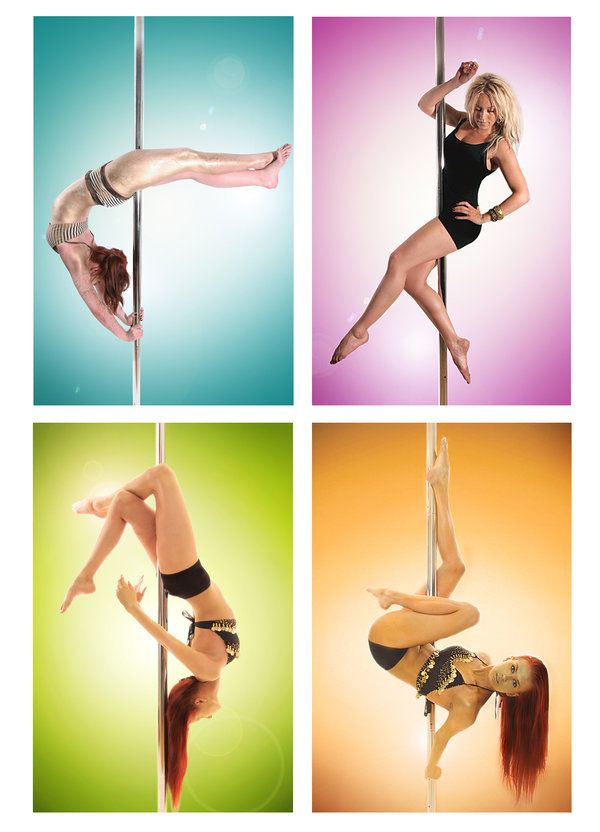
A key to quick advancement in pole is a strong upper body.
There are plenty of moves on the pole and it is mostly engaging your upper body. The strength in your shoulders and arms will allow you to lift your body up and get into various moves. When it comes to inverting moves you would still need your upper body to get into inverts. And let’s not forget about the strong core as the foundation to almost every move.
There are multiple ways to build your upper body and get it ready. Some of these exercises are with and some are without the pole. Upper body conditioning for pole is rather different from powerlifting. In powerlifting people mostly build muscle mass, but in the pole fitness world the focus is on building strength.
4. Use of Skin for GripingGriping the pole is much easier on the skin rather than clothes.
Almost all pole moves are made around griping the pole.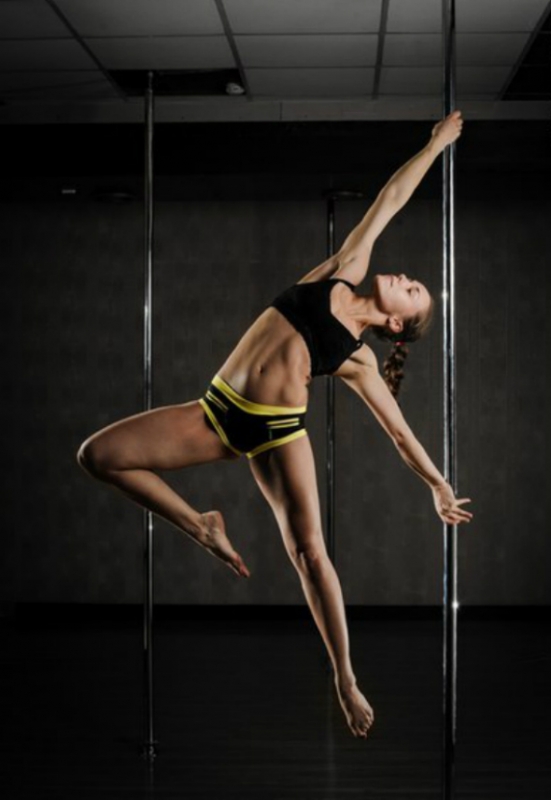 And griping can be with your hands, knee-pit, elbow-pit, waste, inner thighs and other body folds. That is the main reason for pole dancers to dress similar to swimmers as they need skin exposure in order to make a successful grip.
And griping can be with your hands, knee-pit, elbow-pit, waste, inner thighs and other body folds. That is the main reason for pole dancers to dress similar to swimmers as they need skin exposure in order to make a successful grip.
In case if you are not comfortable with skin exposure during pole exercise there are alternatives. Silicone coated poles are the best choice as they are grippier enough that is easier to use them with clothes on. There are also grippy leggings and body suits that can help you grip on the pole without baring your skin.
5. Online Pole Lessons VS Physical Pole ClassesWhilst pole classes are great, consistent pole, flexibility and straightening practises will get you advancing faster
Pole dancing beginner lessons are very crucial in-order to improve pole dancing. There are certain tricks and techniques in pole dancing that if learned incorrectly, it can be hard to unlearn them. It is highly advisable to start your pole journey by having a proper routine or attend certified and experienced pole dancing beginner classes.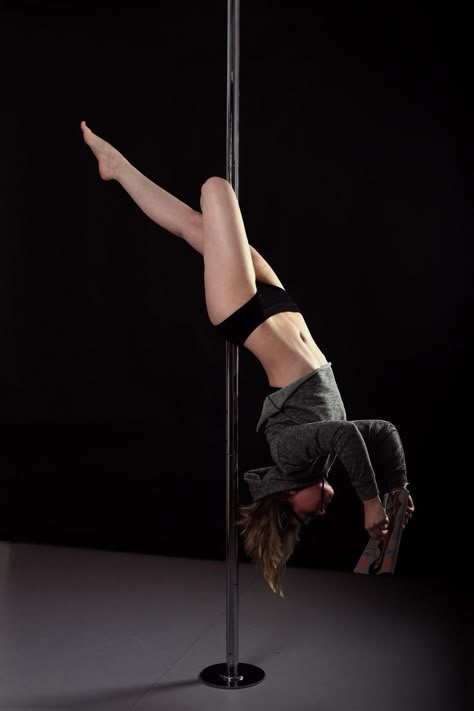 Learning correct forms and regular practice are the most important parts of pole fitness development.
Learning correct forms and regular practice are the most important parts of pole fitness development.
How to pole dance for beginners? It is not easy to advise whether if you learn better in class or online as everyone has a different learning preference. You need to consider to not just search for pole dancing beginner classes near me, as the right class might not be near to you. But one thing for sure, online classes are easy to access and learn from which is a great way to help with your day to day pole fitness schedule. For instance, the Beginner Pole Dancer VBook can be a great guide for those who prefer to practice at home.
Trending
Is It Safe To Install A Pole In Your Home?
6. Get Ready To FallCrash mats are the best answer to pole falls.
Every sport has its own form of injury. And the most common injury in pole dancing is falling. Especially, among beginners. Many pole moves require hanging aerially from the pole.
Many pole moves require hanging aerially from the pole.
There are mainly two solutions to prevent and make pole falls safer; Spotter and Crash Mat
Spotter: This is a person (a good friend or pole friend) who will watch you while you are learning a new move. This way in case you are falling this person can assist you and prevent a fall. Just make sure your spotter is aware of the move you are attempting and knows how to spot you when you need help.
Crash Mat: This is a product that is always there for you. All you have to do is to open it up and place it on the ground under your pole. The crash mat will provide you with a soft and safe landing.
Pole bruises aka kisses can be reduced by use of Grip Aid.
Pole fitness or pole dancing has plenty of moves that are based on griping.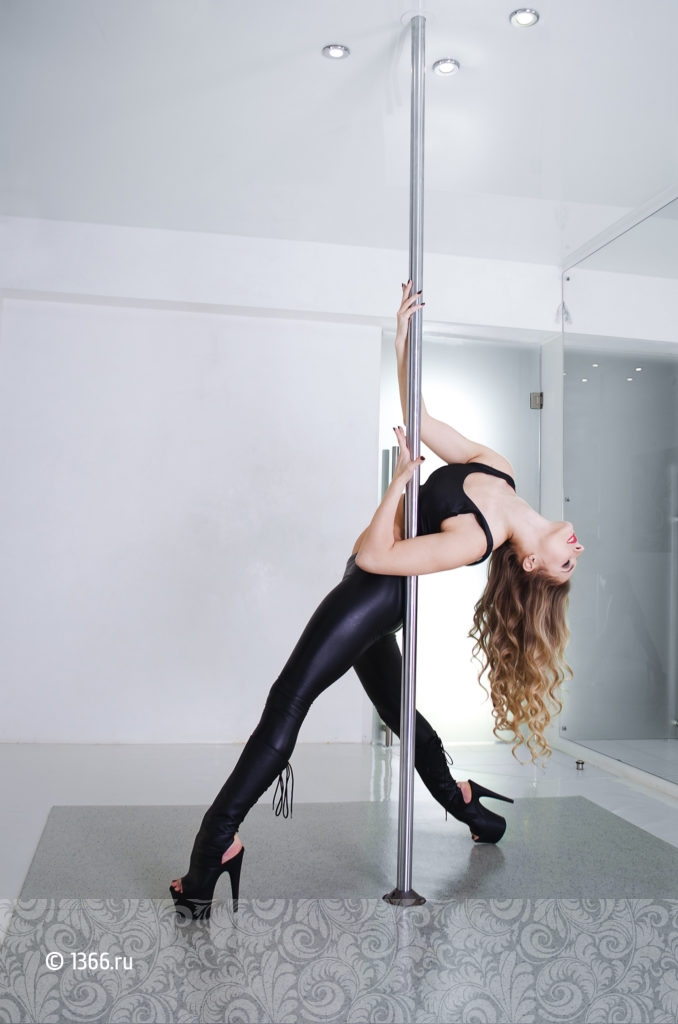 And not all griping is by hand. Pole bruises usually happen during the moves that you use your other parts of your body to grip the pole such as; the side of your legs or your arms.
And not all griping is by hand. Pole bruises usually happen during the moves that you use your other parts of your body to grip the pole such as; the side of your legs or your arms.
There are ways to reduce or even prevent pole bruises. Most pole bruises happens when the beginner pole dancer gives extra pressure to the grip than needed. As a result, this leads to pinching and over squeezing your skin which leads to bruises. Grip Aids can be rather helpful in this matter as they provide you a more firm grip which reduces the chances of you over pressing the grip and cause a bruise. Read to learn How To Prevent And Heal Calluses From Pole Dancing.
8. Document Your ProgressBy documenting your pole progress you can speed up learning and narrow down your targeted moves.
Celebrate every win and document your progress regularly. Taking videos and photos helps to see how far you have progressed and gives you a chance to see your own lines and movements as an observer.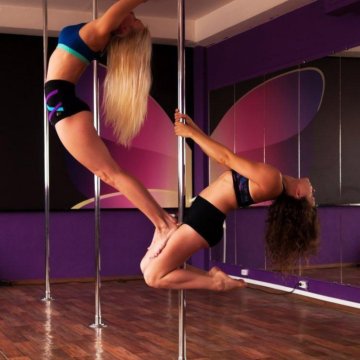 Sharing your progress on Social Media and engaging with the community really helps to keep the motivation going. You can learn from others as well as get inspired.
Sharing your progress on Social Media and engaging with the community really helps to keep the motivation going. You can learn from others as well as get inspired.
My personal advise is to make a private Instagram account as your own personal pole dance for beginner tips. And keep a record of your moves and development. This way you will save up the storage space on your phone.
9. Get Ready To SpinPole dizziness is temporary and slows down as you improve.
There are plenty of pole dancers who experience dizziness when dancing on a spin pole. There are certain ways, styles and practices to reduce dizziness. Getting to know tips and ways to reduce dizziness can help you enjoy spin pole and progress more. In my experience, regular practice and embracing the spin gradually can help you normalize and get used to it. If it is still a struggle, just slow down and apply less momentum to reduce the spin speed.
10.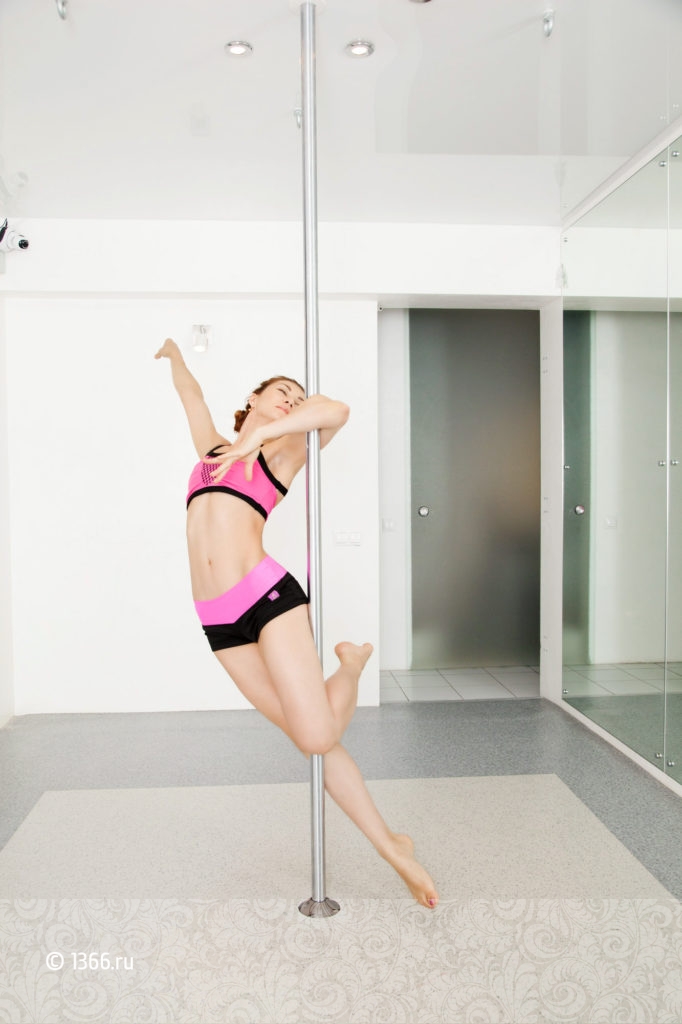 Pole Buddies Has Never Been Dearer
Pole Buddies Has Never Been Dearer It is proven you improve faster when you are part of a team.
There are plenty of pole communities and groups out there. It is great to join as many as you can as a beginner. Give yourself the chance to get to know them all and share your journey too. Pole communities tend to be very supportive and welcoming. We also highly encourage you to make friends with other pole dancers because this way you can help and spot each other.
ConclusionIts always good to join a Pole Community and follow a good pole dance blog to know updates about the sport. Pole Fitness Dancing blog and website has been ranked #8 among Top 60 Pole Dance Blogs and Websites. Click Here to know more
Pole dancing or pole fitness can be challenging but we can assure you, your pole journey will be absolutely rewarding and therapeutic.
Pole Dance for Beginners
Pole dancing or Pole Dance, as they are also called, has recently gained extraordinary popularity.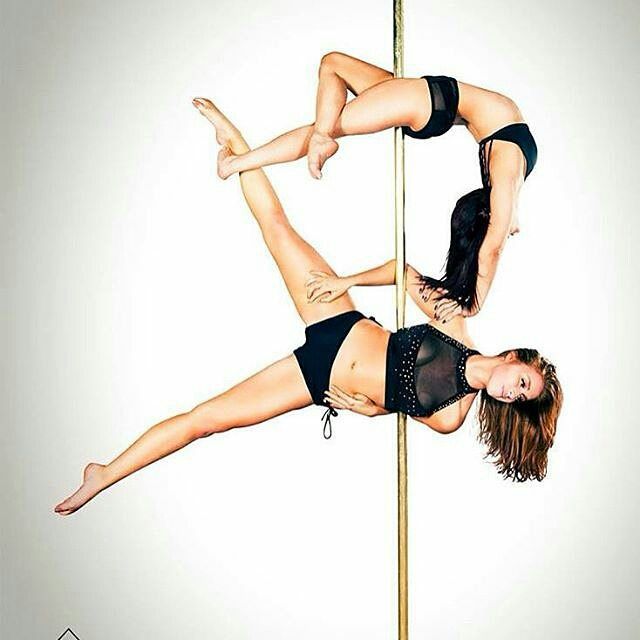 Many want to learn how to gracefully and easily perform difficult tricks, spin on a pole, and demonstrate the wonders of flexibility and plasticity.
Many want to learn how to gracefully and easily perform difficult tricks, spin on a pole, and demonstrate the wonders of flexibility and plasticity.
This direction really has many advantages. Practicing regularly, a beginner dancer:
- develops muscles, improves figure;
- strengthens the respiratory and cardiovascular systems;
- improves immunity;
- learns to feel his body and control it;
- increases his self-esteem and feels even more attractive.
But of course it won't come all at once. You need to be ready for trials - both physical and moral. And to make it easier for you to deal with them, you began to enjoy training, check out a few tips. We hope you get something useful from them. By the way, in St. Petersburg, pole dancing is especially popular at Admiralteisky and Vyborgsky districts, including metro station Baltiyskaya and metro station Ozerki.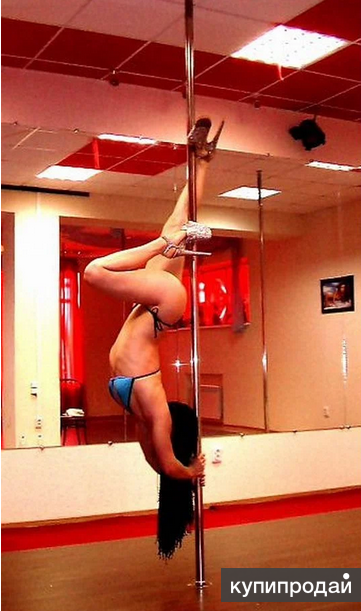
The right attitude is important
Many people give up after the first lesson on the pole. Faced with serious workloads, it can be hard to overpower yourself and continue. In addition, some compare themselves to other, more experienced athletes. And, of course, this comparison is often not in their favor. Remember: those who show the best result today conquer with their clever tricks, just like you, they started small . No one was born with such skills. All this was achieved through hard training. Treat such people as great motivation. If they can do it, then you can too!
Pole dancing has been given observer status with the GAISF (General Association of International Sports Federations), due to which they can expect to be included in the Olympic program. In many ways, Katie Coates, an Englishwoman who founded the International Pole Sports Federation, contributed to this.
Get ready to work hard through physical pain at first.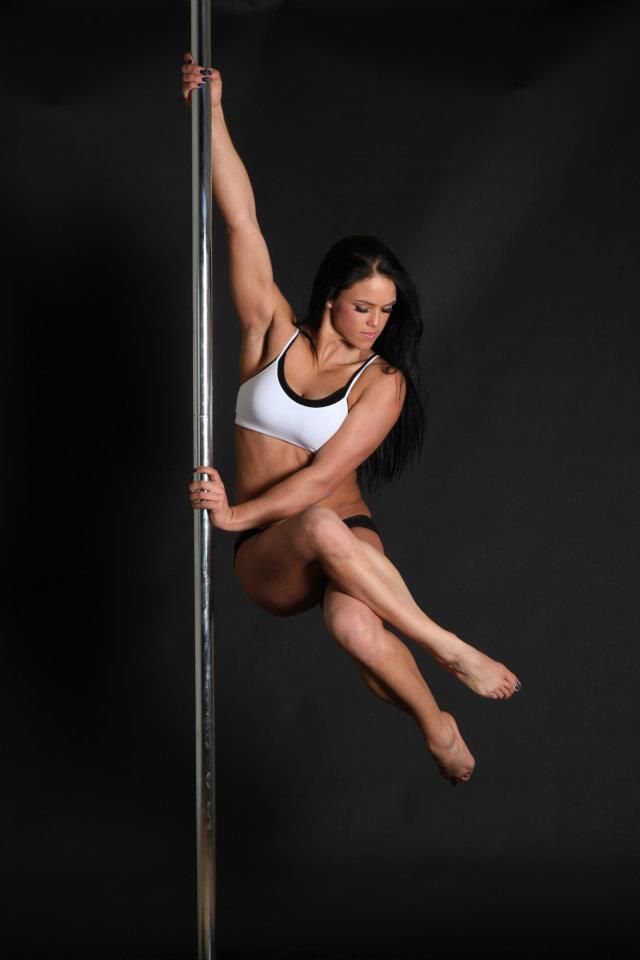 Bruises, abrasions, calluses, krepatura - all this should not come as a surprise to you. But, don't let such tests scare you. If you really want to succeed in this field, be patient . A nice "payment" for your efforts is just around the corner. The dancing beginner will soon begin to notice how the body rewards him for his hard work with growing strength, endurance and honing the curves of the physical form. When you begin to notice the first results, you will no longer be stopped, since you will not want to be limited by what you have already achieved.
Bruises, abrasions, calluses, krepatura - all this should not come as a surprise to you. But, don't let such tests scare you. If you really want to succeed in this field, be patient . A nice "payment" for your efforts is just around the corner. The dancing beginner will soon begin to notice how the body rewards him for his hard work with growing strength, endurance and honing the curves of the physical form. When you begin to notice the first results, you will no longer be stopped, since you will not want to be limited by what you have already achieved.
Wear the right clothes
To get the most out of your pole training, it's important to wear the "right" clothes. For a warm-up, during which the muscles are prepared for further loads on the pole, you can wear leggings and a T-shirt. It is convenient to do strength and stretching exercises in them. For the pole, short, tight shorts, a tank top, or custom uniform are best.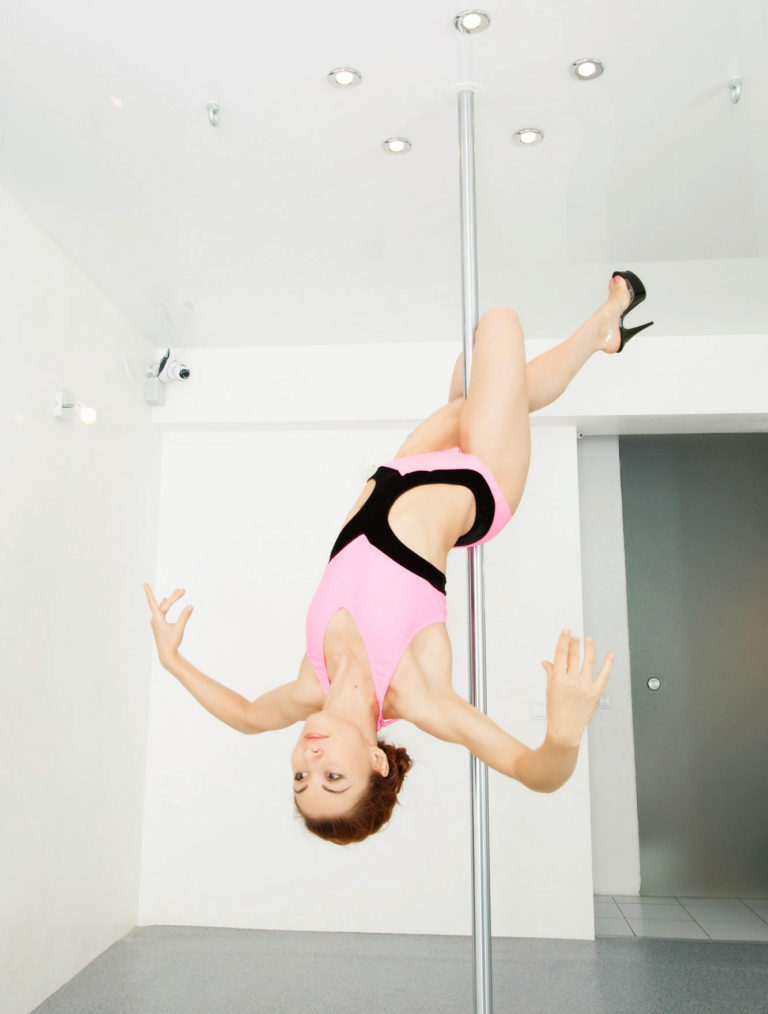 It must have the following properties:0005
It must have the following properties:0005
- hygiene;
- breathability;
- excellent grip on the surface of the pole;
- thigh compression;
- good breast support;
- moisture absorption;
- hypoallergenic.
For the top, you can choose a T-shirt made in the “wrestler” style, which has a deep armhole in the area of the shoulder blades and enlarged cutouts under the arms (needed to grip the pylon). Also suitable is a top that has an elastic band in front under the chest, and a double placket in the back, formed in the form of the letter "X". This style is also called "frog". Some people like the Carmen T-shirt with an asymmetrical strap thrown over one shoulder.
Gloves will not be superfluous either. They must be special, with an anti-slip coating. They usually have a lacquer base and lace, knitwear or microfiber inserts. So don't try to make them yourself. To reduce the risk of sprains and injuries, bandages are used - on the ankle, elbow, knee, wrist.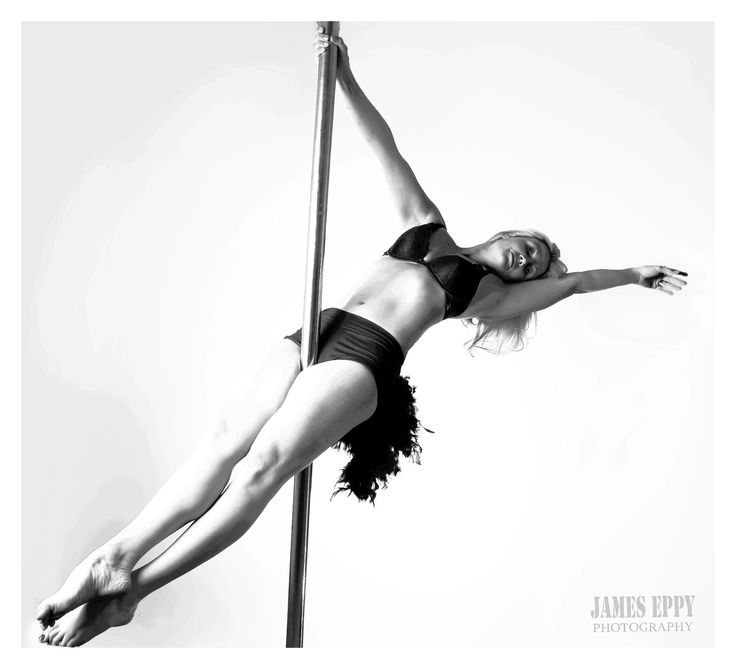
In the XII-XIII centuries in India, a very unusual direction of yoga on pillars called Mallakhamb was widespread. It shows an amazing similarity with modern pole dancing. This practice was intended primarily for men. Using poles, they performed complex tricks and thus trained their strength and endurance. Having achieved some success in this direction, they demonstrated their achievements to others.
As for shoes, you can train without them. It all depends on the individual preferences of the dancer. Some wear half-Czech shoes, while others, already relatively experienced, prefer strips - sandals on an extremely high platform and heels. By the way, they say that it is the strips that make it possible to achieve the maximum effect of the pole dance, seductiveness and elegance of movements.
Warm-up is essential
A good warm-up should never be neglected. Poorly warmed up muscles are easy to injure. Take 15 minutes for this important part of any workout. You can perform the following exercises on different parts of the body:
You can perform the following exercises on different parts of the body:
- Neck . Do tilts, turns, half-turns to the right and left, forward and backward 20 times, circular turns clockwise and counterclockwise 10 times.
- Chest muscles . Arch your back, round, spread your arms to the sides.
- Press . In addition to the standard twist on the press (you can do it with legs raised), do “scissors”, “bike”, swings for each leg for several approaches, as well as a plank on your hands.
- Buttocks and legs . Squats 30 times, lunges on each leg 20 times are the best option for warming up the muscles of the lower body.
Pay special attention to the muscles of the arms , as they are the main load during the pole dance. Do push-ups regularly, try to pull yourself up on the horizontal bar, pump your arms with dumbbells and a barbell. However, a competent coach will always tell you what exercises you need to do and make sure that you do not start performing tricks on a pole without prior preparation.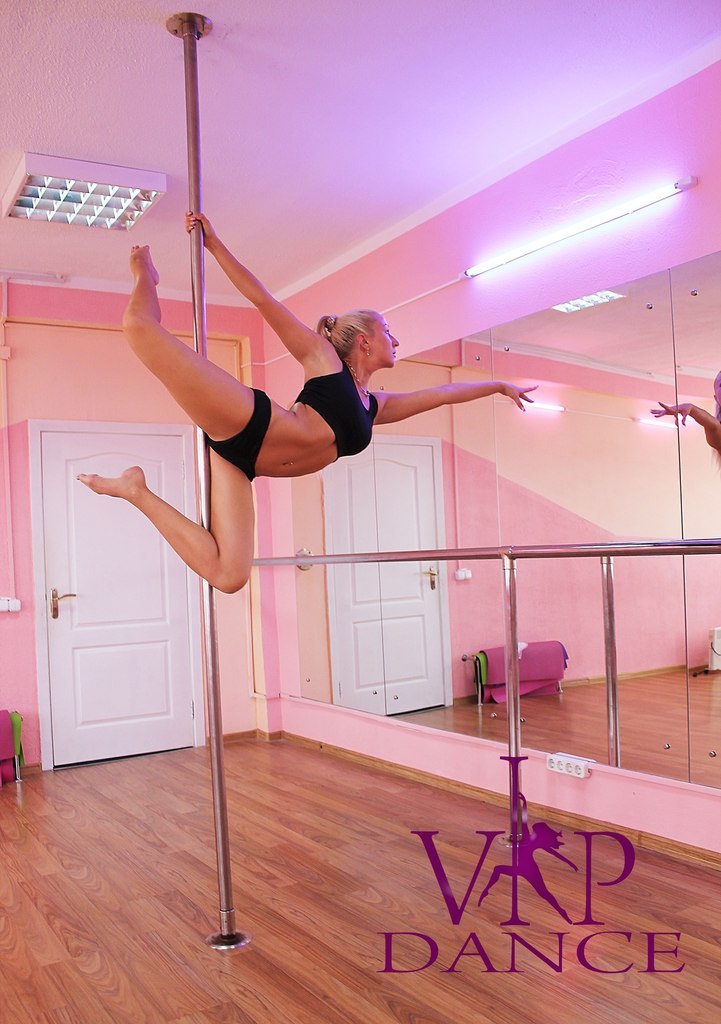
Exercises for beginners
Tricks used in pole dancing can be divided into two main groups: static tricks (stationary) and twists (rotary movements around the pole). In turn, the tricks consist of " hangs " and " sits ", during which the dancer hangs or seems to "sit" on the pylon, respectively.
How to prepare for the effective performance of the static components of the dance? For a beginner, training of the following elements is suitable:
- " Chair ". It is necessary to clasp the pylon with your legs, firmly squeeze the inside of the thighs and hold on to the pole with your hands. In this case, the legs should be perpendicular to the pylon. If you still can't keep them straight, you can bend at the knees.
- " Fireman ". Cross your bent legs around the pole, hold with your hands and gracefully arch your back.
For a beginner, the following rotation exercises are also suitable:
- " Footboard ".
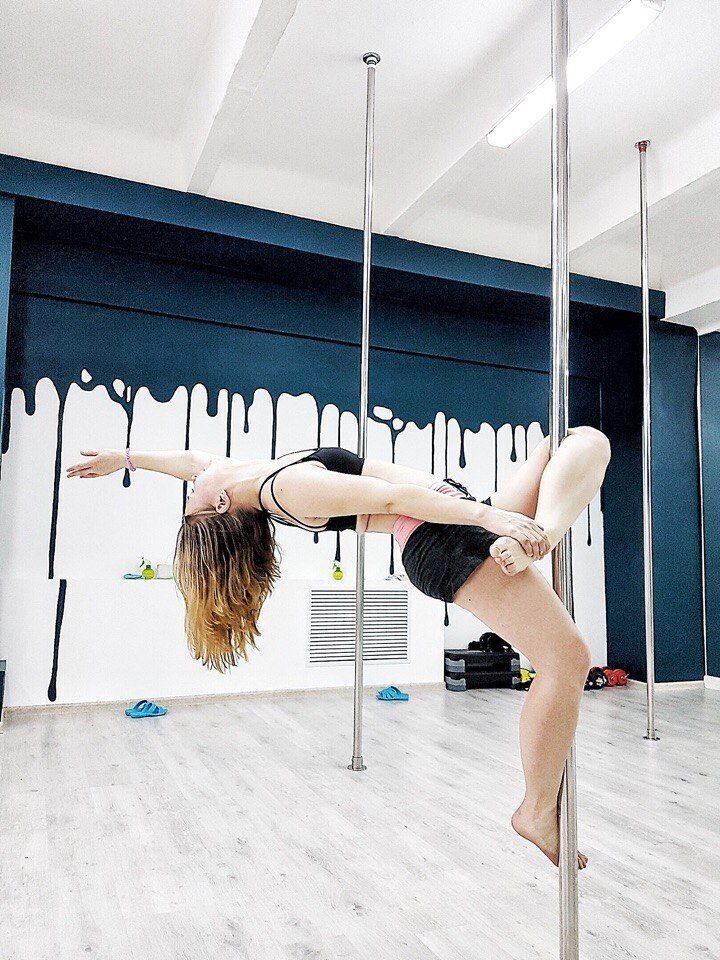 It is necessary to straighten one arm, take it on the pylon above the head, and the other - at the level of the hips. Push off the floor with your feet and spin around the pole.
It is necessary to straighten one arm, take it on the pylon above the head, and the other - at the level of the hips. Push off the floor with your feet and spin around the pole. - " Frog ". Straighten your left arm and grasp the pole above your head. Bend the right one and grab the pylon at chest level. The left leg is wrapped around the pole. Push off with your right foot and spin.
The trainer will tell you how to do the exercises correctly and what needs to be corrected. It is enough to practice 2-3 times a week (provided that you are not lazy) in order to see the first tangible results in a couple of months.
Does a beginner need to be physically fit?
Existing physical fitness is rather an advantage, but not a prerequisite for starting classes. Dance experience is not required at all. A lot of girls come to training with absolutely no base. All the necessary skills are acquired in the process, from lesson to lesson. The coach pays enough attention to gradual physical preparation, so no one will demand quick results from a beginner. And it's even better if you don't rush. The main thing is to do everything not for speed, but for quality.
The coach pays enough attention to gradual physical preparation, so no one will demand quick results from a beginner. And it's even better if you don't rush. The main thing is to do everything not for speed, but for quality.
You need to be prepared for the fact that few people succeed the first time. If something didn’t work out today, then a little more effort, and even difficult tricks will begin to succumb to you. After all, it is such a pleasure to reveal new, unknown boundaries of your body.
The use of article materials is allowed only if there is an active link to the source!!!
Pole Exercises for Adult Beginners
Recently, Pole Dance, or pole dance, is a projectile, which is a steel vertical pole for performing acrobatic stunts. Beginners should practice the beginner pole exercises before they can be demonstrated. This will allow you to learn basic movements and prepare the main muscle groups.
Health Benefits of Pole Dancing
Dancing helps to shape and remove extra pounds, which is much safer than liposuction, strict diets and other weight loss methods.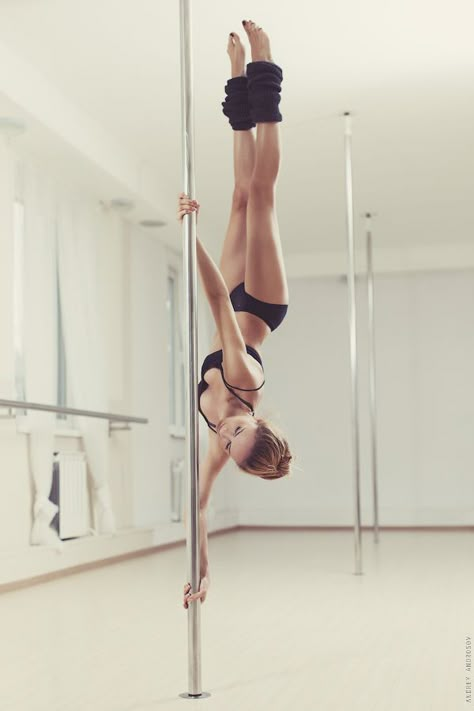 The weight will go away gradually and evenly from all parts of the body - it will become toned, cellulite will disappear.
The weight will go away gradually and evenly from all parts of the body - it will become toned, cellulite will disappear.
Dancing has the following benefits:
- strengthening of the cardiovascular and respiratory system;
- increase immunity and reduce the risk of infectious diseases;
- the appearance of an even and beautiful posture, well-developed muscles.
The main thing is that mood and self-esteem improve, the athlete becomes liberated, shyness and insecurity disappear. Dancing allows you to escape from everyday worries and bad thoughts, make you fall in love with yourself.
Preparing for training
Preparing for training is an important step for the successful completion of exercises
It is important to have the attitude and desire to go to the goal. If everything is available, then you can start classes, but before that you need to prepare. Decide for yourself how it is more convenient for you - to attend group or individual lessons. The latter option is preferable for those who want to carefully study the material and hone their skills under the close attention of a teacher. Classes in the group will appeal to people who are interested in communicating with other students, to monitor their progress.
The latter option is preferable for those who want to carefully study the material and hone their skills under the close attention of a teacher. Classes in the group will appeal to people who are interested in communicating with other students, to monitor their progress.
Wear comfortable shoes and clothing. To warm up, it is better to use leggings and a T-shirt - due to them, the heat will disperse throughout the body, which has a positive effect on metabolic processes in the body and affects adipose tissue. Pole exercises for beginners should be done in short shorts and a top to ensure better grip on the surface of the pole. When dancers get professional skills, they put on strips - high-heeled shoes and a 4.5 cm platform.
Warm-up is a must
Each session should begin with a 15-minute warm-up to stretch the muscles - as a result, physical activity is easier to tolerate, and the likelihood of sprains and other injuries is halved.
Set of exercises:
- For the neck.
 Tilt your head in different directions - 16 repetitions left-right and forward-backward, do full turns and semicircles - 8 repetitions.
Tilt your head in different directions - 16 repetitions left-right and forward-backward, do full turns and semicircles - 8 repetitions. - For chest muscles. Arch and round your back, move your upper part from left to right - 16 reps.
- For press. Do crunches - 2 sets of 20 reps are enough.
- Buttocks. Do regular squats - 40 reps.
Pay attention to your hands - during the dance they bear the main load. It is necessary to train the muscles of the hands not only during the warm-up, but also in between lessons. Bend and unbend the wrists with a barbell in a sitting position - 10 repetitions. It is useful to bend your arms with dumbbells weighing up to 3 kg - 3 sets of 10-15 repetitions. Pull up on the horizontal bar and push up from the floor or bench - this will help strengthen the muscles of the arms, back and abs.
Pole exercises for beginners: basic level
All pole dance movements are divided into tricks - static elements (stationary) and twists - rotations around the pipe.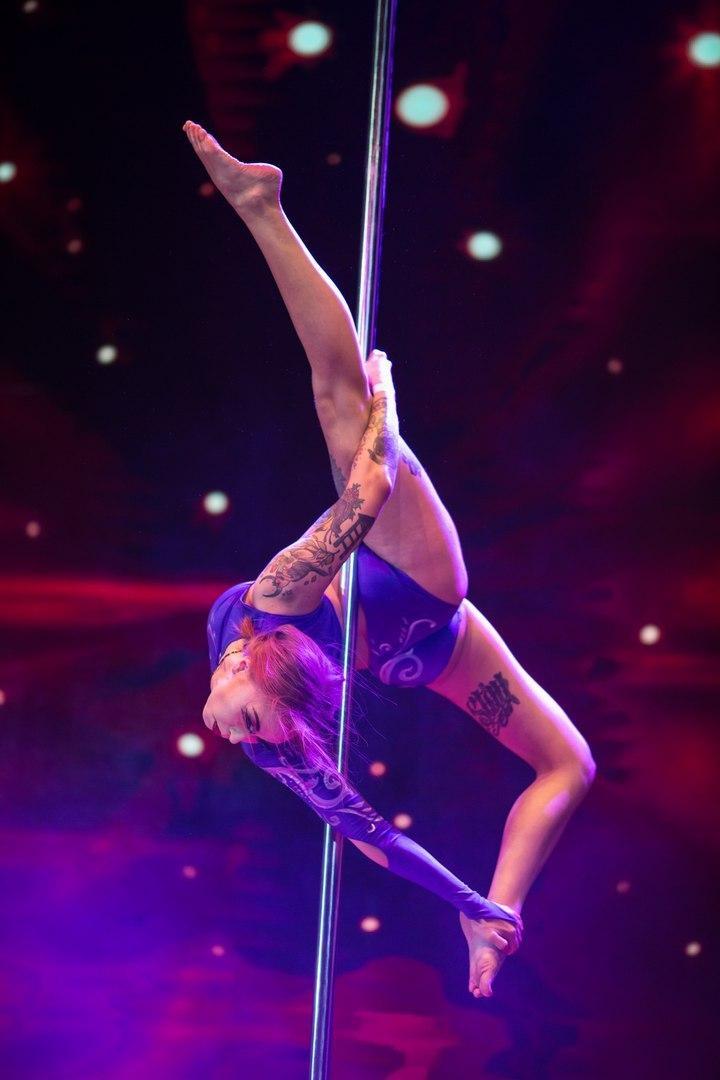 The category of tricks includes "hanging" and "grazing" - the athlete hangs or "sits" on the pole.
The category of tricks includes "hanging" and "grazing" - the athlete hangs or "sits" on the pole.
Static elements for beginners:
- Fireman. Cross your bent legs around the pole, hold on to the pole with your hands, arch your back beautifully.
- High chair. Grasp the pole and squeeze it with your inner thighs, straighten your legs perpendicular to the pipe or bend, hold the pole firmly with your hands.
- Slingshot. Hang on the pipe upside down, hold on to the pole with straightened arms, straight legs spread apart.
Beginner dancers should aim for perfect pole movement
Beginner Rotating Pole Exercises:
- Stretching. With a straight hand, hold the pole above your head, and with the other hand at the level of your hips. Push off the floor with your feet, spread them and scroll. The arms should be straight.
- Double leg switch.

